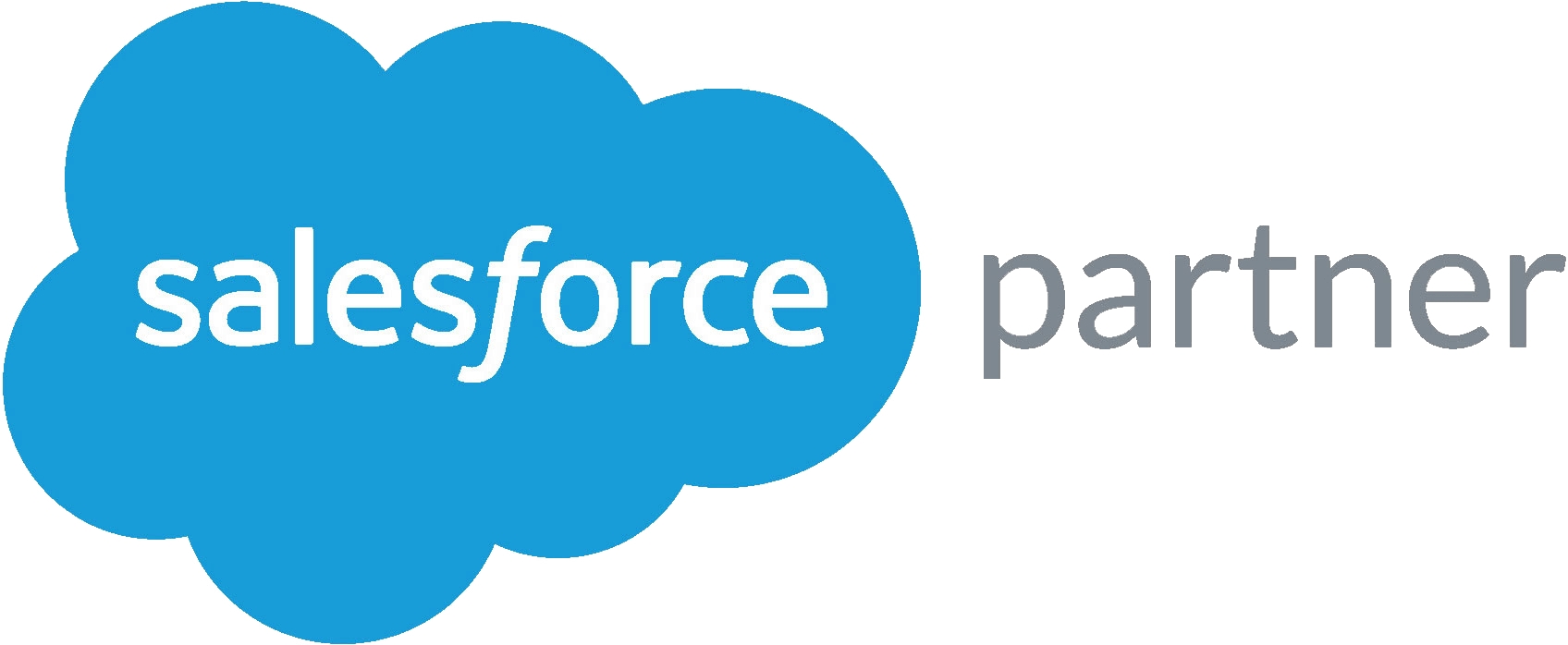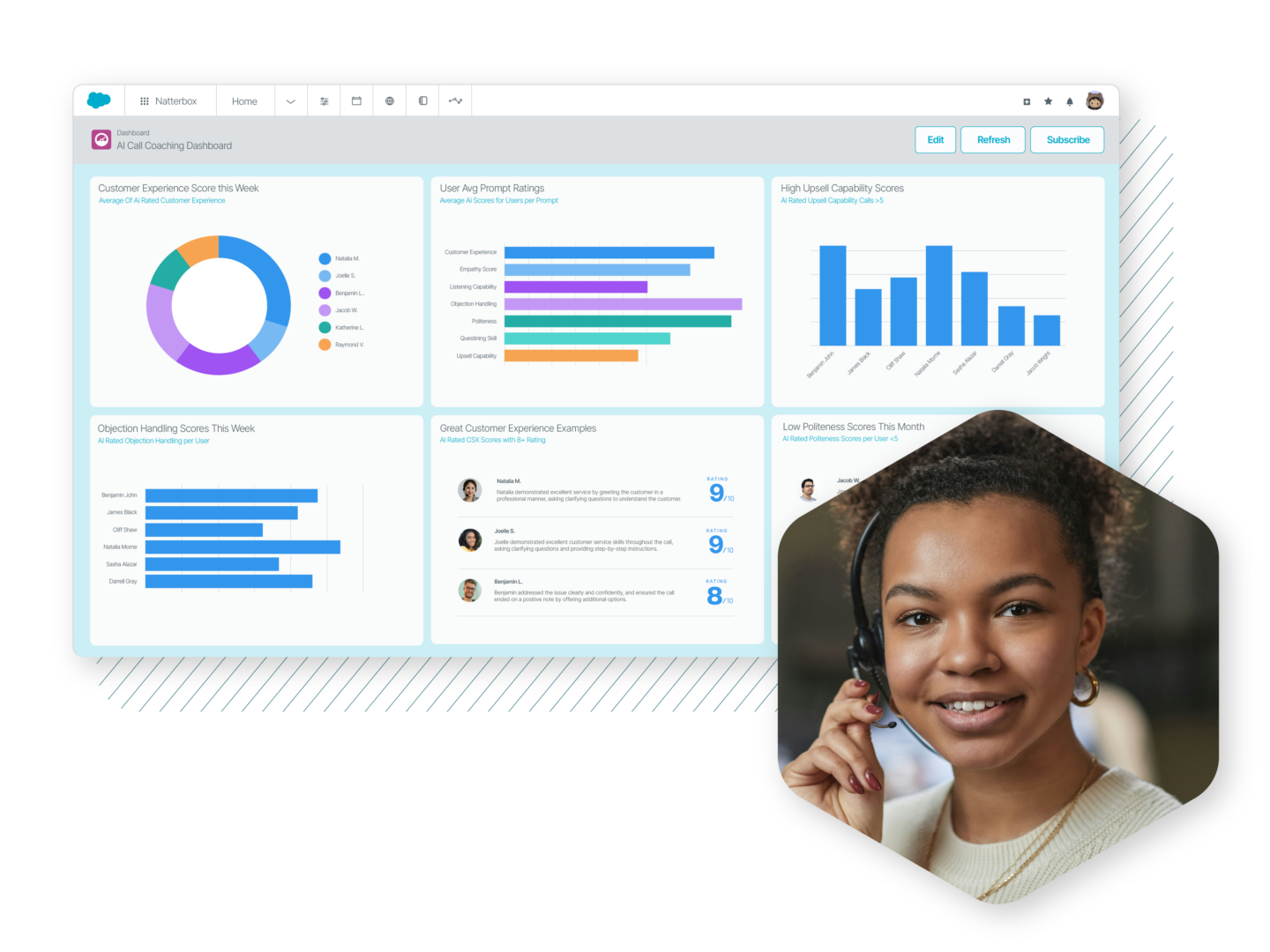Voice
The Role of CRM in Contact Center Efficiency
Natterbox Team

To achieve maximum efficiency and enhance the customer experience, contact centers depend on Customer Relationship Management (CRM) systems. Among the leading CRM platforms, Salesforce stands out as a powerful solution that centralizes customer information.
Centralizing Customer Information: The Key to Efficiency
One of the biggest challenges for contact centers is accessing accurate and up-to-date customer information in real-time. Traditional contact center setups often rely on multiple disconnected systems and databases, making it difficult for agents to quickly access relevant customer data. This fragmented approach not only hampers efficiency but also carries the risk of inconsistent and incomplete information being communicated to customers.
This is where CRM systems, such as Salesforce, come into play. They excel at centralizing customer information from various touchpoints into a single, unified database. By leveraging Salesforce’s robust capabilities, contact centers can achieve efficiency through the following aspects:
Comprehensive Customer Profiles:
Salesforce CRM allows contact center agents to create comprehensive customer profiles that include essential details like contact information, purchase history, communication preferences, and previous interactions. This valuable data empowers agents to provide personalized and contextually relevant support, enhancing the overall customer experience.
Real-Time Data Accessibility:
With Salesforce, contact center agents have instant access to up-to-date customer information. Whether it’s retrieving account details or reviewing past interactions, agents can quickly find the information they need, reducing handling time and minimizing customer frustration. Real-time data accessibility also enables agents to provide timely and accurate solutions, boosting efficiency and customer satisfaction.
Seamless Integration with Other Systems:
Salesforce CRM offers seamless integration capabilities with various systems and channels, including voice, email, live chat, and SMS. This integration streamlines workflows by bringing customer data and communication channels together in one platform. Agents can easily switch between channels without losing context, resulting in improved productivity and a more efficient customer service experience.
Automated Workflows and Task Management:
Salesforce’s automation features empower contact centers to automate routine tasks, such as data entry and follow-up processes. By automating repetitive and time-consuming manual tasks, agents can focus on high-value activities, such as resolving complex customer issues. Additionally, Salesforce’s task management capabilities help agents prioritize and organize their workload, ensuring optimal efficiency and timely customer responses.
Reporting and Analytics:
Salesforce CRM provides contact centers with robust reporting and analytics tools that offer valuable insights into performance metrics, customer trends, and agent productivity. Contact center managers can access real-time dashboards and customized reports to monitor key performance indicators, identify areas for improvement, and make data-driven decisions. This data-driven approach leads to continuous optimization and increased efficiency across the contact center operations.
150,000+ Companies Can’t Be Wrong
A cloud based CRM system like Salesforce plays a pivotal role in contact center efficiency through the centralization of customer information. By providing comprehensive customer profiles, real-time data accessibility, seamless integration, automated workflows, and advanced reporting tools, Salesforce helps contact centers optimize their operations and deliver exceptional customer experiences.



